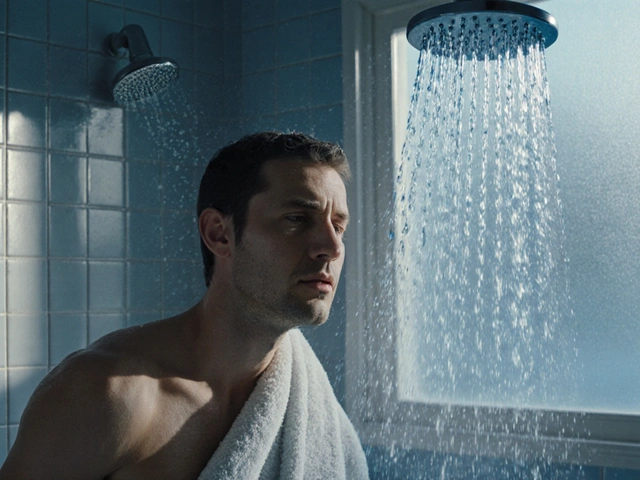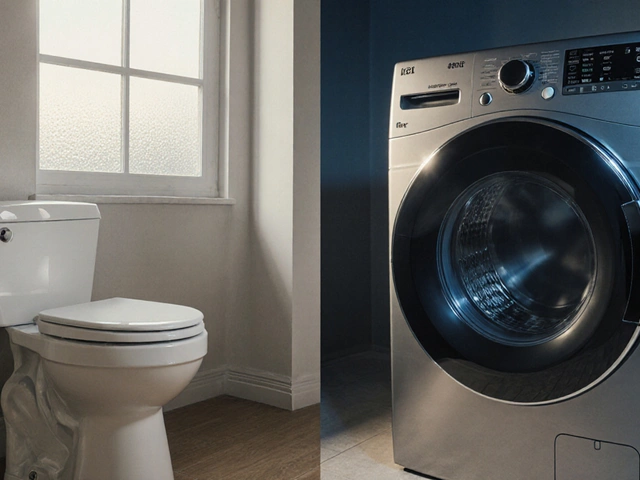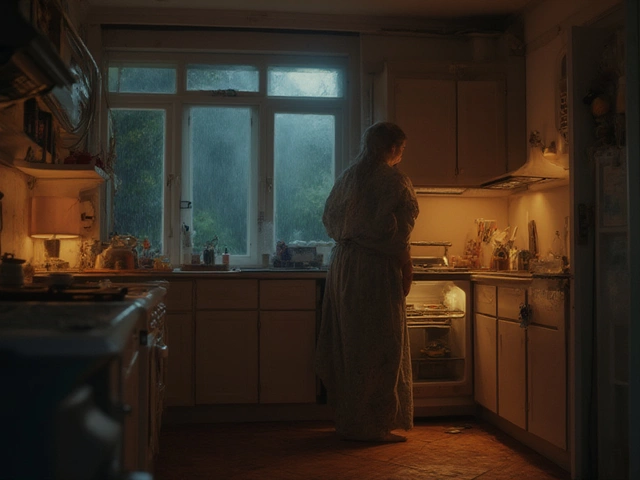If your glass hob isn’t heating, has a crack, or shows flickering lights, you’re probably wondering if you can fix it yourself or need a pro. The good news is many hiccups are simple to spot and resolve, but some issues demand a qualified technician.
First, identify the symptom. A cracked surface usually means the glass itself is damaged – that’s not a DIY job. Uneven heating or a burner that won’t turn on often points to a faulty heating element, a loose connection, or a tripped safety switch.
Another frequent complaint is the “no spark” error on induction hobs. This can be caused by a dirty pan, a faulty pan sensor, or a damaged induction coil underneath the glass.
Don’t forget about power issues. A blown fuse or a tripped circuit breaker will make the whole hob dead, and resetting it is usually all that’s needed.
Start with the easy checks. Turn off the hob at the wall, wait a minute, then switch it back on. If the lights flicker, reset the safety lock by holding the power button for 5‑10 seconds.
Next, look under the glass (if it’s removable) for loose wires or obvious scorch marks. Tighten any loose terminals and replace a burnt-out element – you can buy a compatible element online using your hob’s model number.
Cleaning matters too. Residue from cooking spills can cause hotspots. Use a soft cloth and a non‑abrasive cleaner; avoid scraping with metal tools that could scratch the glass.
If you spot a cracked or shattered glass panel, stop immediately. Glass fragments can cut you, and the internal heating element may be exposed, creating a fire risk. Call a certified repair service – they’ll order the right glass and seal it properly.
When the hob still won’t heat after you’ve checked the power, reset, and element, the problem is likely with the control board or the induction coil. Those components need specialised testing equipment, so it’s time to call an expert.
Cost-wise, a simple element replacement runs between £70 and £130, including labour. Full glass panel replacement can cost £150‑£300, depending on the brand and size. A control board fix is pricier, often £200‑£350.Before you book a technician, gather your hob’s make, model, and any error codes displayed. This speeds up the diagnosis and can lower the call‑out fee.
Regular maintenance helps avoid costly repairs. Wipe spills immediately, use only flat‑bottomed pans on induction surfaces, and schedule a professional check‑up once a year if your hob is older than five years.
In short, many glass hob glitches are quick fixes you can do at home – power resets, cleaning, and element swaps. Anything involving cracked glass, control boards, or hidden coils should be left to a qualified repairer. That way you keep your kitchen safe and your hob cooking like new.

Cracked or damaged glass hobs make you panic, but not every problem spells doom for your stove. This article breaks down what issues can actually be fixed and when it's smarter to replace the glass. You’ll get real-life tips, possible repair options, and clear warnings for common mistakes. Safety comes first, but you’ll also find out when you can handle things yourself—or absolutely need a pro. Practical info, simple steps—you’ll get the full story on glass hob repair.

Repairing a glass hob is an essential task for maintaining a functional and modern kitchen. The cost of fixing a glass hob can vary greatly depending on the damage's severity and the required repair type. This article delves into the various factors influencing repair costs, from crack treatment to replacement solutions. It also provides tips for maintenance to prolong the lifespan of your hob and prevent future damage.

Find out why your hot water vanished, walk through quick DIY checks, learn simple fixes, and know when to call a professional for reliable heat restoration.

Curious about how your home appliances actually work? Get a full breakdown of what happens inside, troubleshooting tips, and smart ways to keep everything running smoothly.

Learn why a toilet is classified as a plumbing fixture, not an appliance, and how this impacts warranties, insurance, and repair choices.

When your water heater only puts out cold water, it’s more than just annoying—it can point to real problems inside the unit. This article breaks down the most common reasons behind a water heater that refuses to warm up, from tripped breakers to busted heating elements. You’ll find tips on quick checks you can do at home before calling a pro, plus some unexpected facts about how water heaters really work. Knowing what’s wrong can save you from a frigid morning shower and a giant repair bill. Get ready to tackle that cold water problem with practical advice you can use right away.

Leaving an electric oven on overnight sounds harmless, but it could spell real trouble. Learn the risks, facts, and safer options for your late-night cooking needs.